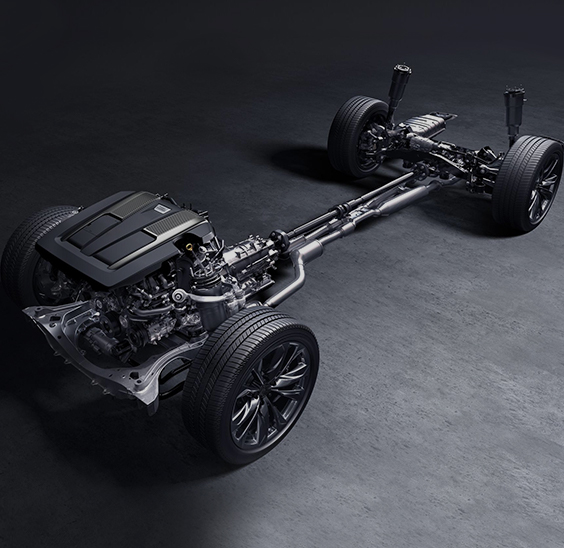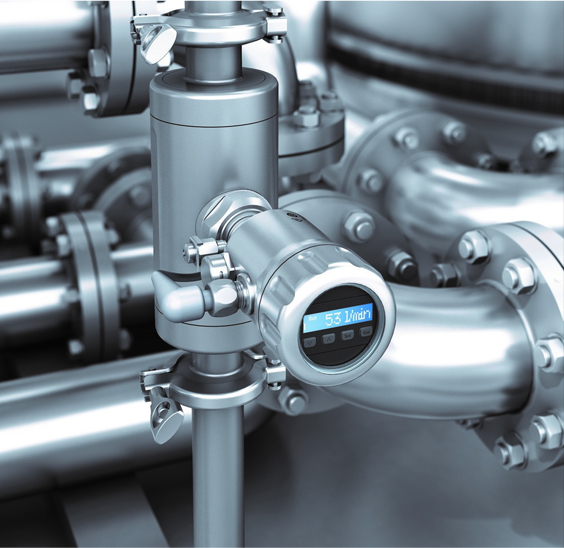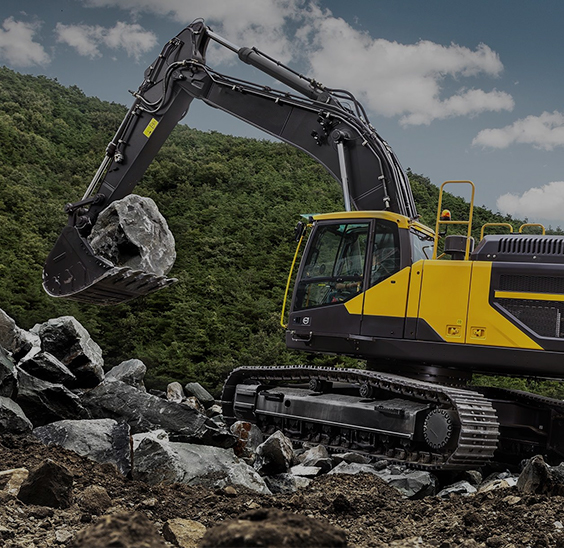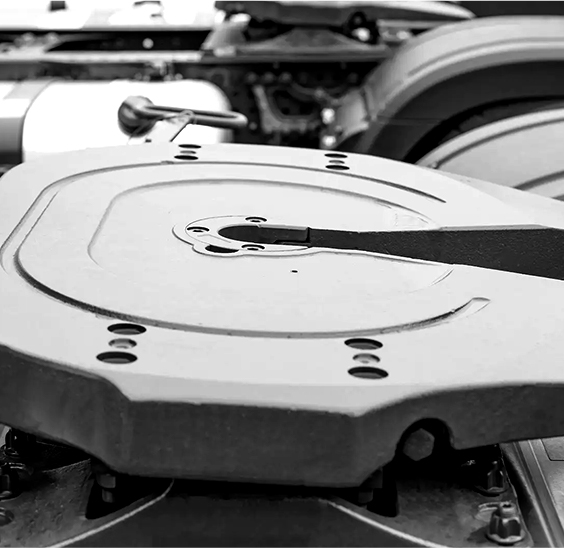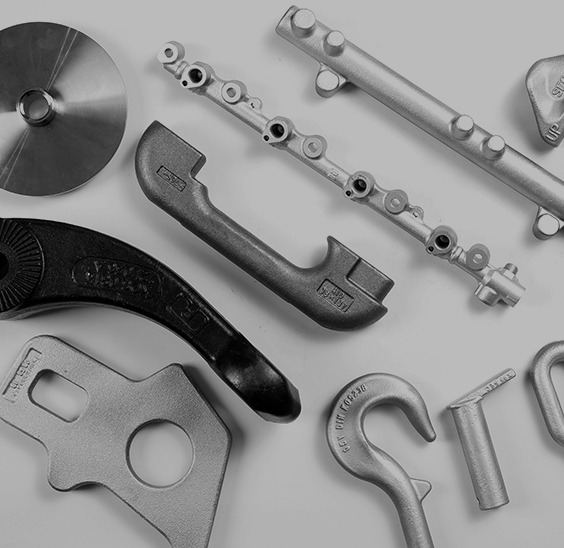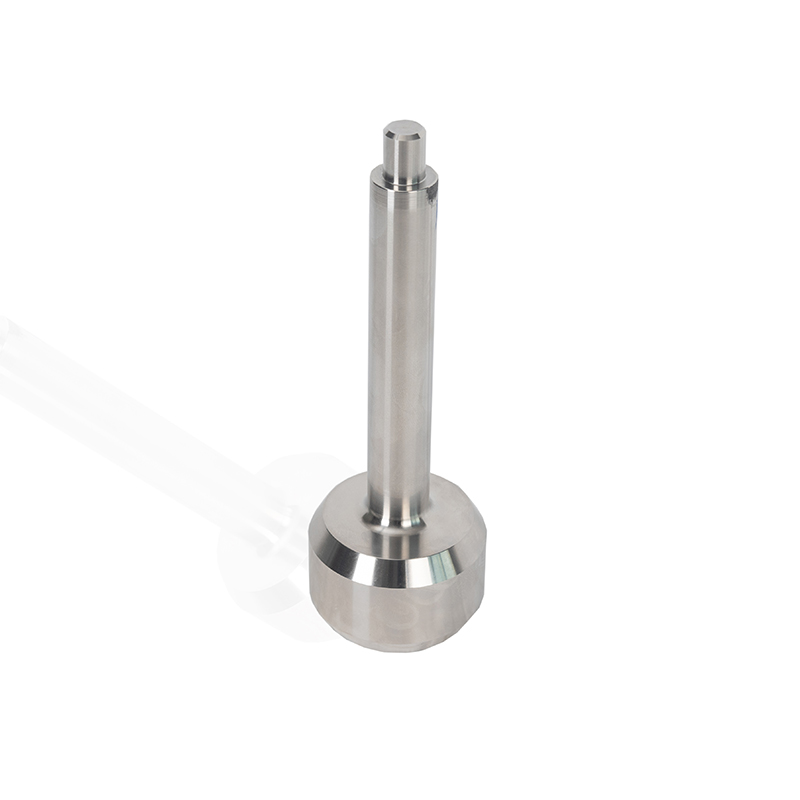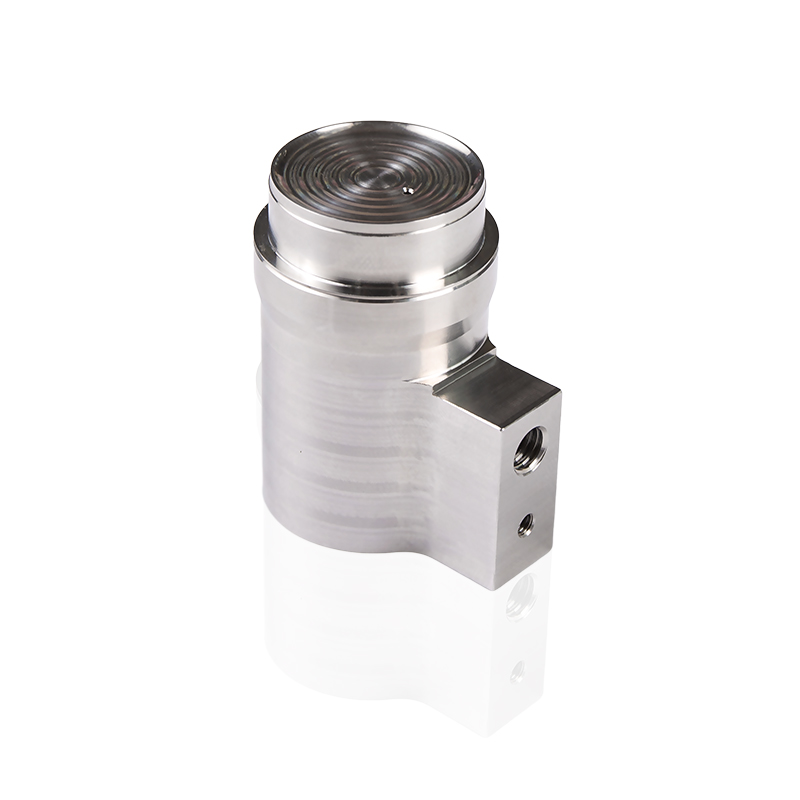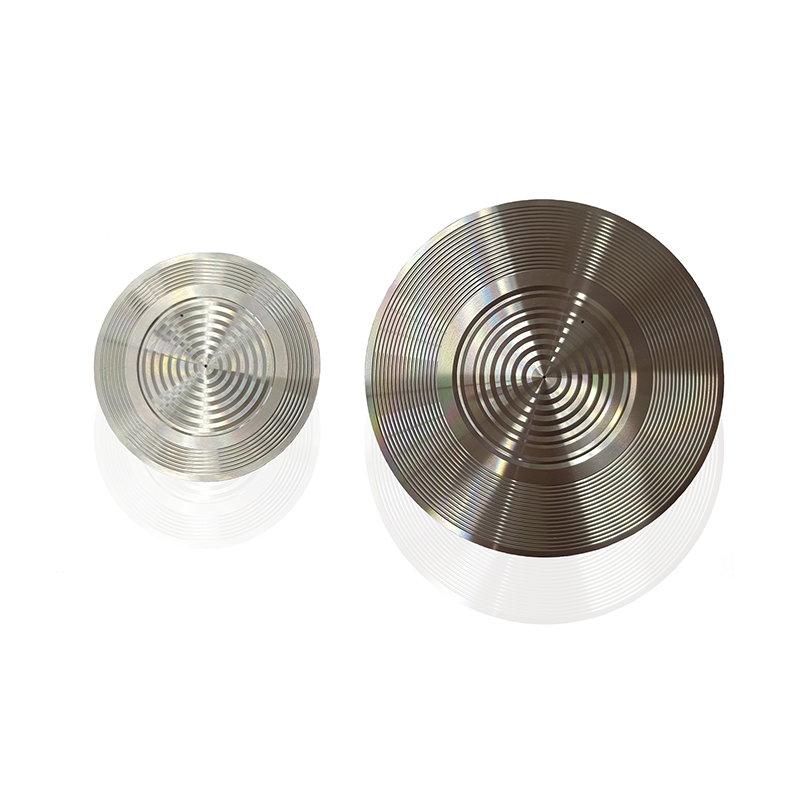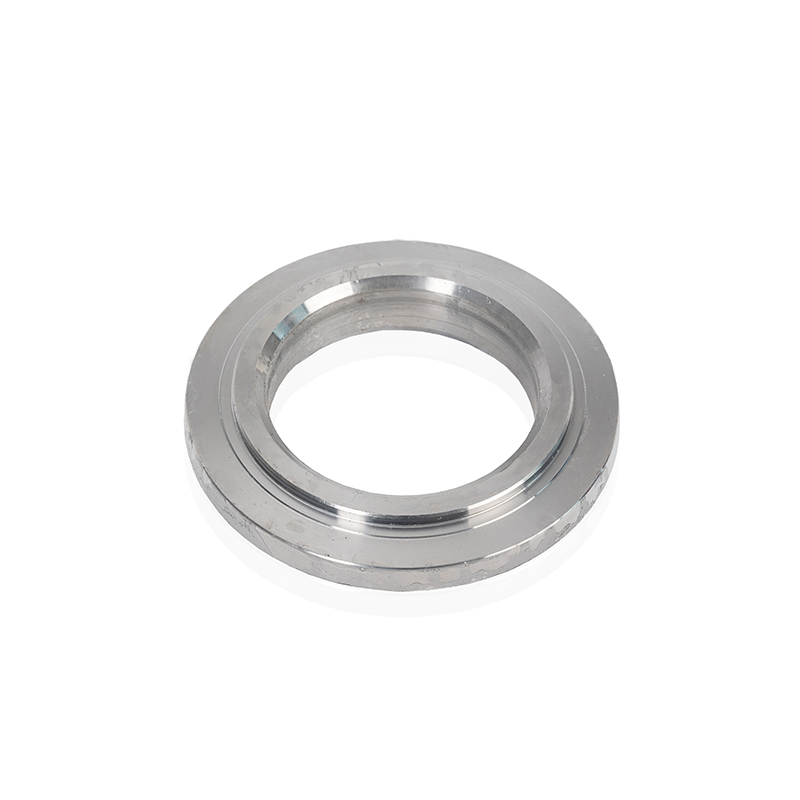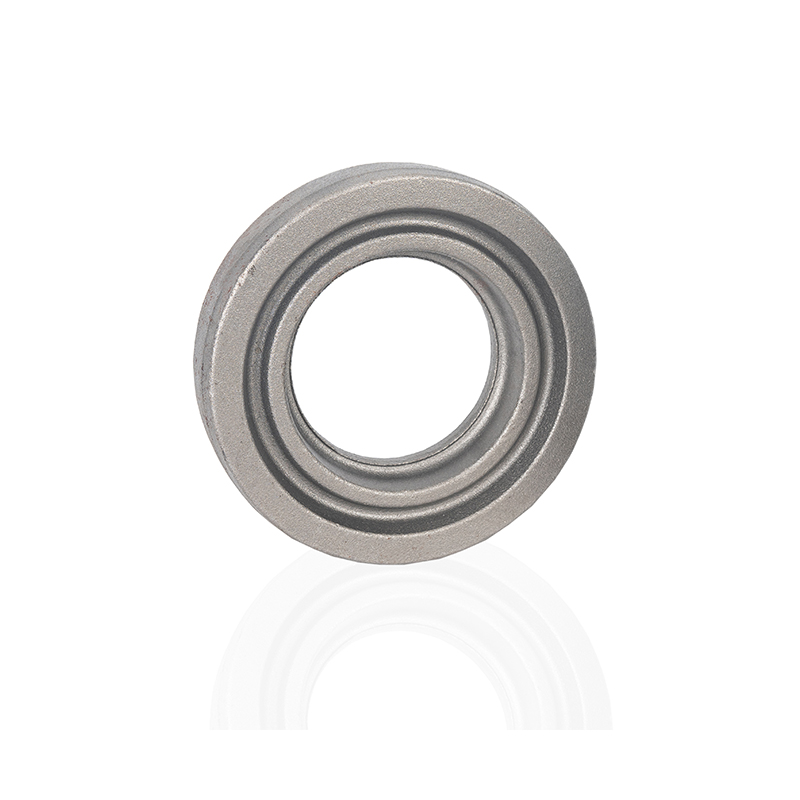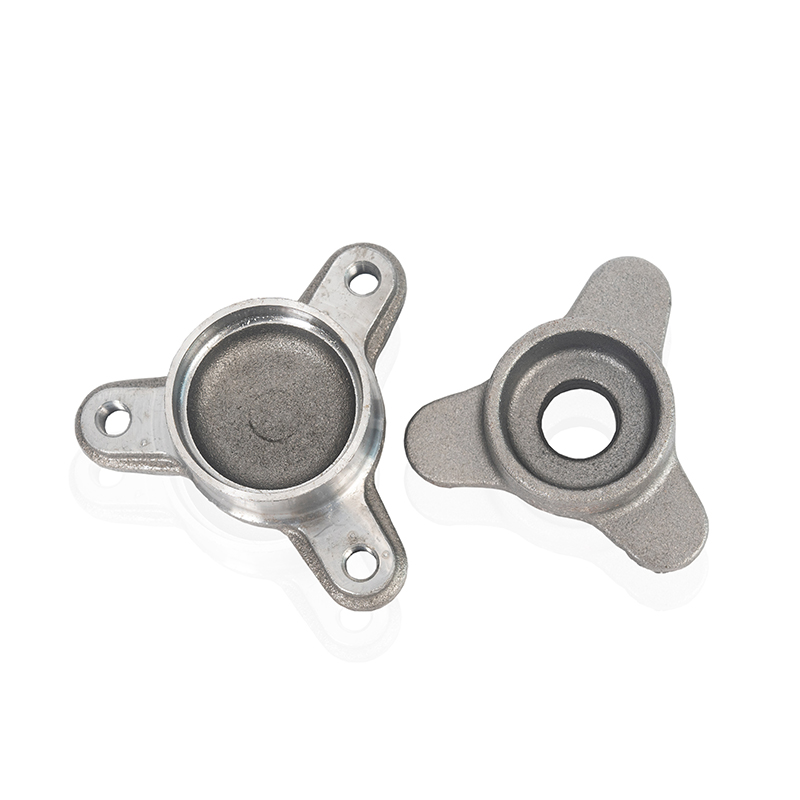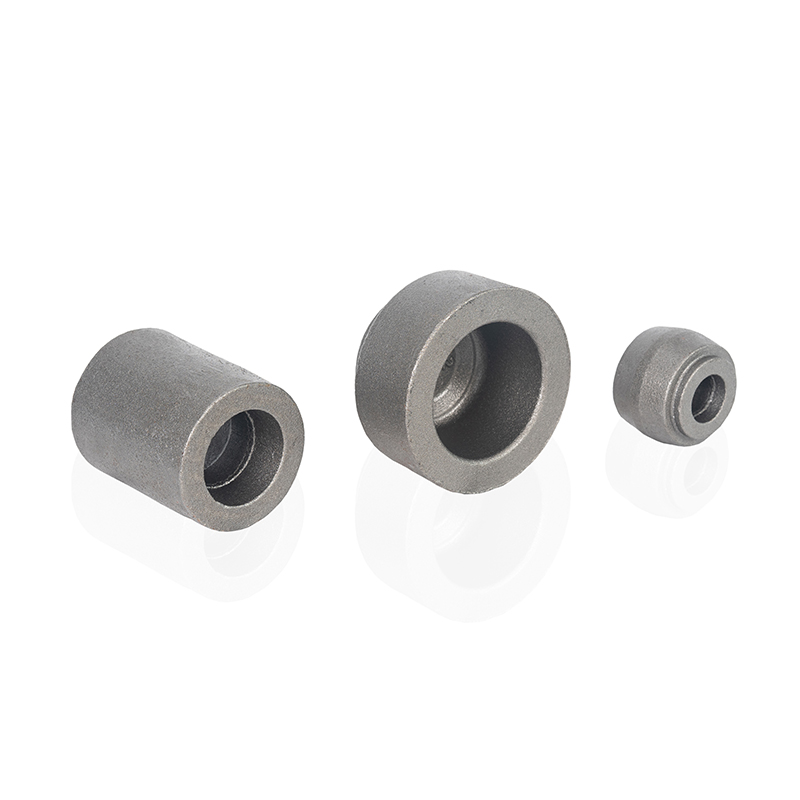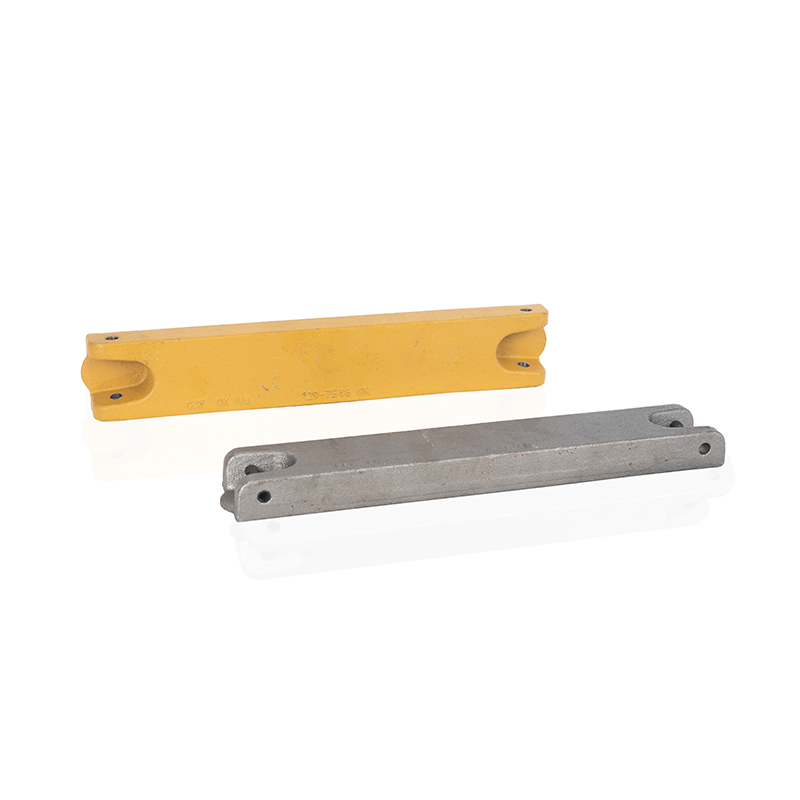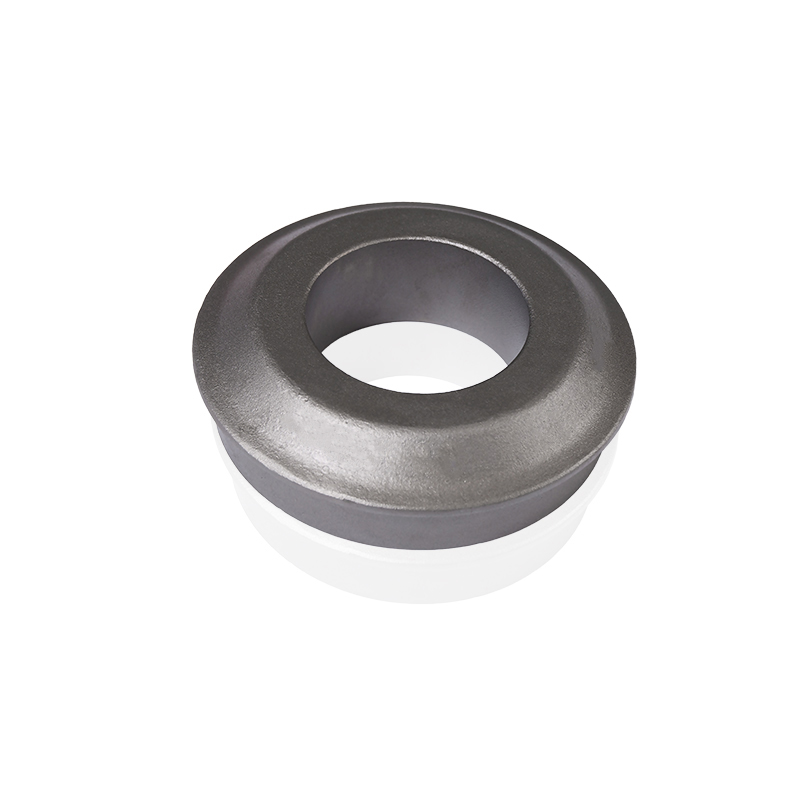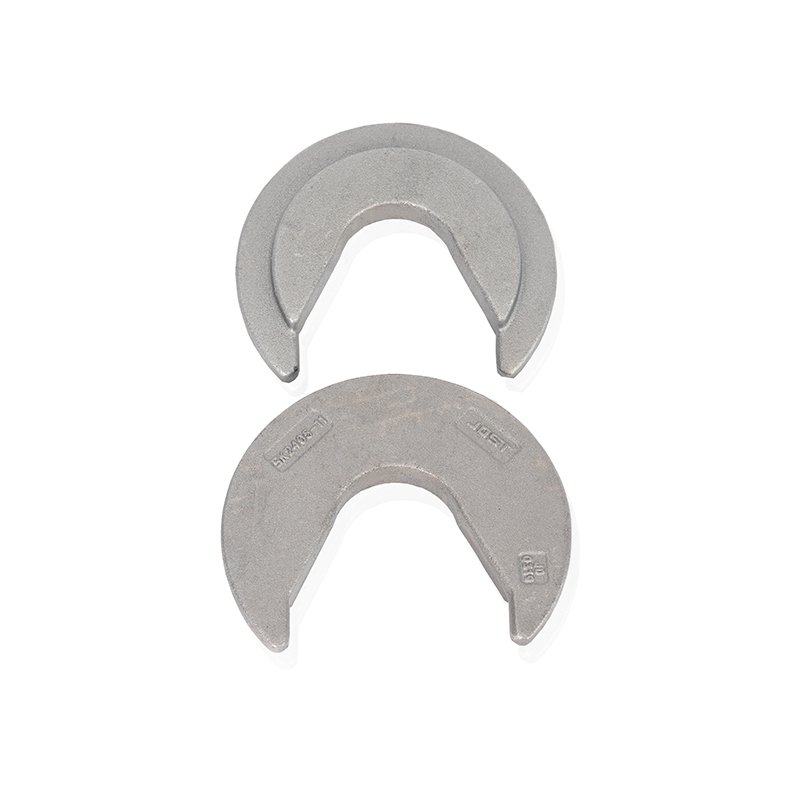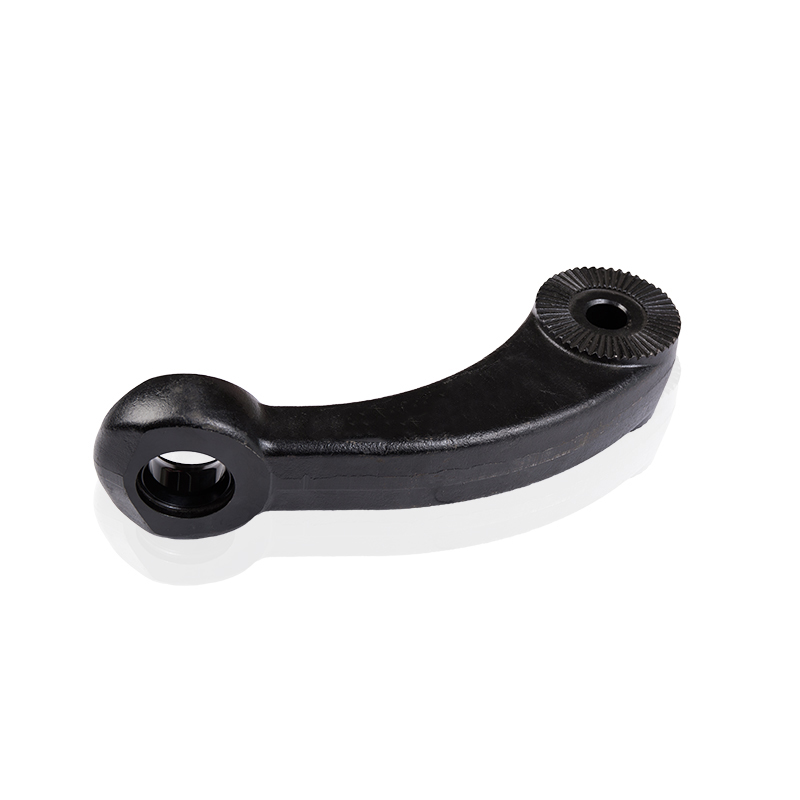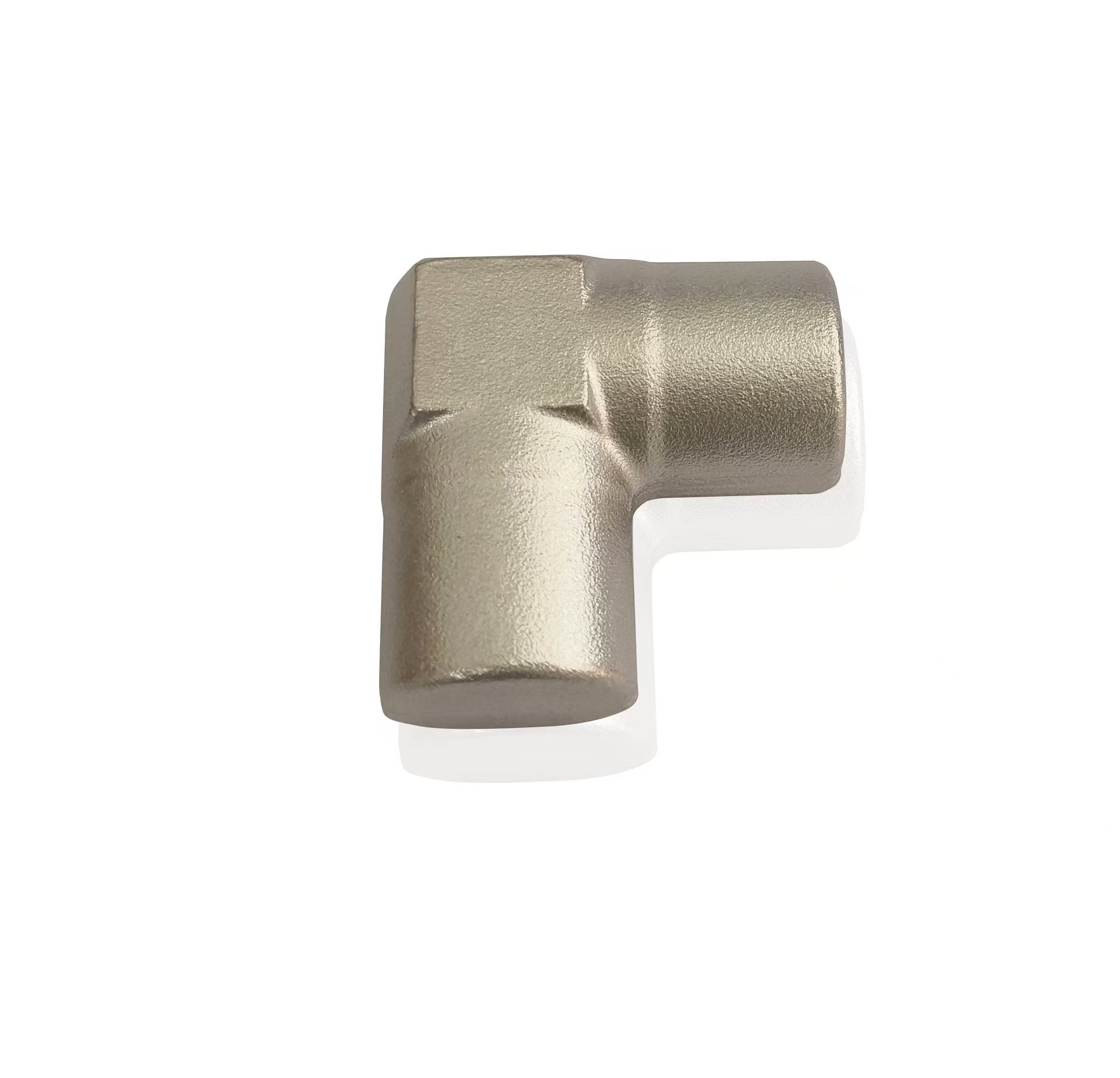Precision Forging vs Traditional Forging: Key Differences
 2025.10.27
2025.10.27
 Industry news
Industry news
1. Introduction to Forging Techniques
Forging is a vital manufacturing process used to shape metal by applying force, typically through hammering or pressing. There are two major types of forging processes: traditional forging and precision forging. Each has its unique characteristics, advantages, and specific applications. Understanding these differences can help manufacturers choose the right technique for their production needs.
2. What is Traditional Forging?
Traditional forging, also known as open-die forging, involves shaping a metal workpiece by applying compressive forces with a hammer or press. This technique typically uses large dies and is ideal for creating simple, low to medium-volume parts. The process is often employed in industries such as automotive, aerospace, and construction for components like gears, shafts, and frames.
Traditional forging is generally characterized by the following:
- Low cost for larger volumes due to the simpler tooling
- Larger tolerances and less precision compared to precision forging
- Requires more post-processing work to achieve desired final shapes
3. What is Precision Forging?
Precision forging, also referred to as closed-die forging, uses more advanced equipment and dies to create highly accurate parts. This process involves a tighter control over material flow, which leads to less material waste and more intricate designs. Precision forging is particularly suited for high-performance applications that demand superior mechanical properties and dimensional accuracy.
Key characteristics of precision forging include:
- High accuracy and tight tolerances
- Reduced material waste
- Lower post-processing requirements
4. Precision Forging vs Traditional Forging: A Detailed Comparison
| Aspect | Traditional Forging | Precision Forging |
| Accuracy | Lower accuracy and higher tolerance limits | Higher accuracy with tighter tolerances |
| Material Waste | Higher material waste | Minimal material waste |
| Cost | Lower initial tooling cost | Higher initial tooling cost |
| Volume | Better for large-scale production | More suitable for small to medium-volume production |
5. Key Advantages of Precision Forging
Precision forging offers several key advantages that make it a superior choice for applications requiring high strength, tight tolerances, and superior finish. Some of the most notable benefits include:
- Reduced need for post-processing due to the higher precision of the forged parts
- Higher material efficiency, resulting in less scrap and reduced material costs
- Improved mechanical properties such as strength, fatigue resistance, and surface integrity
- More complex geometries can be achieved without compromising material integrity
6. When to Choose Traditional Forging Over Precision Forging
While precision forging is ideal for high-performance parts, traditional forging remains the better choice for certain applications. For example:
- When producing large quantities of simple parts with less concern for precision
- When the cost of tooling and equipment is a significant factor in production planning
- For parts where post-processing can offset the need for higher accuracy
7. Conclusion
Both precision forging and traditional forging have their place in modern manufacturing. The decision to choose one over the other depends largely on factors such as part complexity, material waste, volume, and cost considerations. Manufacturers should carefully evaluate the requirements of their specific applications to make the best choice for optimal performance and cost-efficiency.


